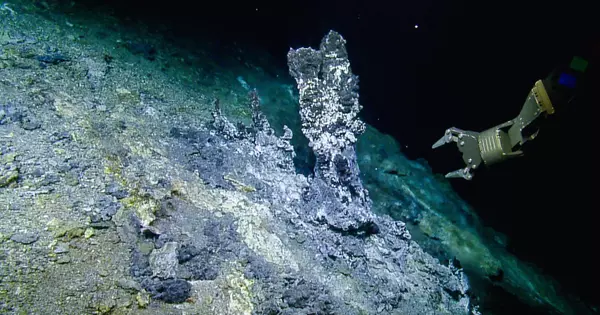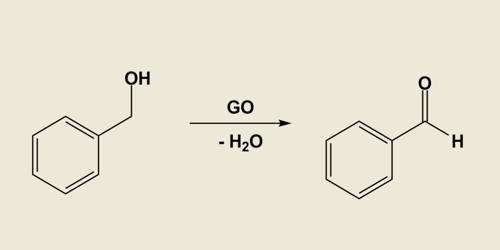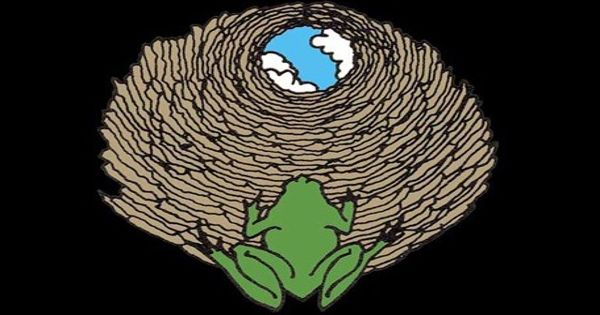What does the nucleus of a carbon atom look like? The first thorough solution to this topic comes from a recent study conducted by Forschungszentrum Jülich, Michigan State University, and the University of Bonn. The researchers simulated all known energy levels of the nucleus in the study.
Among this is the perplexing Hoyle state. Carbon and oxygen would only be found in trace amounts in the universe if they did not exist. As a result, we are ultimately responsible for our own existence. The research was recently published in the journal Nature Communications.
A carbon atom’s nucleus is generally made up of six protons and six neutrons. But how are they placed exactly? What happens to their arrangement when the nucleus is blasted with high-energy radiation? Science has been looking for solutions to these concerns for decades. Not least because they may hold the key to solving a long-standing enigma for physicists: why is there any carbon in space at all—an atom without which there would be no life on Earth?

After all, there was only hydrogen and helium early after the Big Bang. The hydrogen nucleus is made up of a single proton, while the helium nucleus is made up of two protons and two neutrons. All heavier elements were generated by aged stars billions of years later. At extraordinarily high pressures and temperatures, helium nuclei fused into carbon nuclei. This necessitates the joining of three helium nuclei.
“However, this is extremely unlikely,” says Ulf Meißner of the Helmholtz Institute of Radiation and Nuclear Physics at the University of Bonn and the Institute for Advanced Simulation at Forschungszentrum Jülich. The explanation is that helium nuclei have a lot higher energy than carbon nuclei. However, this does not imply that they merge easily—rather, it is as if three people wanted to hop on a merry-go-round. They fail, however, since they run far quicker than the merry-go-round turns.
Simulation on the supercomputer: As early as the 1950s, British astronomer Fred Hoyle proposed that the three helium nuclei first combine to generate a transition state. This “Hoyle state” has the same energy as helium nuclei. To keep in the picture, it’s a faster-spinning merry-go-round onto which the three passengers can easily hop.
When this occurs, the carousel returns to its normal speed. “Only by taking a detour through the Hoyle state can stars create any appreciable amount of carbon,” says Meißner, who is also a member of the University of Bonn’s Transdisciplinary Research Areas “Modeling” and “Matter.”
Around ten years ago, he and colleagues from the United States, Forschungszentrum Jülich, and Ruhr-Universität Bochum succeeded for the first time in recreating this Hoyle condition. “We already had an idea then of how the protons and neutrons of the carbon nucleus are arranged in this state,” he says. “However, we were unable to demonstrate with certainty that this assumption was correct.”
The researchers have now succeeded in using an upgraded method. This is primarily due to confinement: in actuality, protons and neutrons—the nucleons—can be found wherever in space. However, the team limited this freedom in their calculations: “We arranged our nuclear particles on the nodes of a three-dimensional lattice,” explains Meißner. “As a result, we only allowed them to take positions that were strictly defined.”
5 million processor hours of computing time: It was feasible to compute the velocity of nucleons because of this constraint. This endeavor is extremely difficult since nuclear particles affect each other differently depending on their distance from one another. In addition, the researchers conducted their simulation millions of times with slightly varying beginning conditions.
This enabled them to determine the most likely locations for protons and neutrons. “We performed these calculations for all known energy states of the carbon nucleus,” adds Meißner. The calculations were carried out using Forschungszentrum Jülich’s JEWELS supercomputer. They required approximately 5 million processor hours, with several thousands of processors running concurrently.
The findings reveal photos from the carbon nucleus. They demonstrate that nuclear particles cannot exist independently of one another. “Instead, they are clustered into groups of two neutrons and two protons each,” explains the physicist. This means that even after the three helium nuclei have combined to form the carbon nucleus, they can still be detected.
Depending on the energy state, they appear in various spatial configurations, such as an isosceles triangle or as a slightly bent arm, with a cluster occupying the shoulder, elbow joint, and wrist.
The research not only helps researchers better grasp the mechanics of the carbon nucleus but as Meißner concludes, “the methods we have developed can easily be used to simulate other nuclei and will almost certainly lead to entirely new insights.”
















